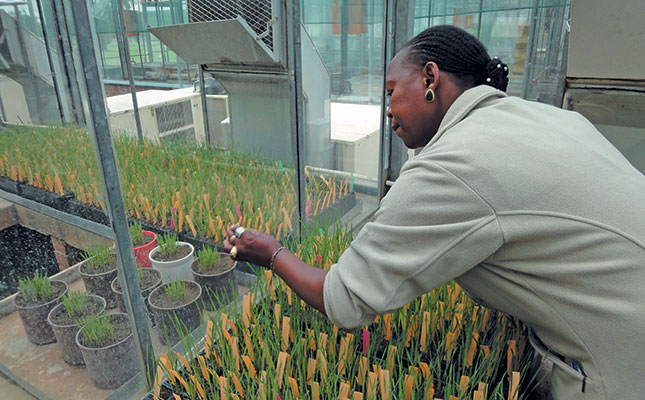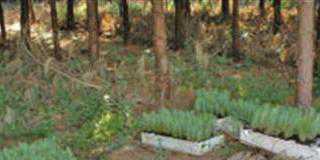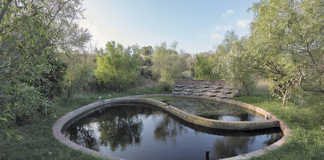
The Russian wheat aphid (RWA) was first identified in South Australia in May this year, and discovered the following month in the state of Victoria, according to Dr Vicki Tolmay and Dr Scott Sydenham of the Agricultural Research Council – Small Grain Institute Institute (ARC-SGI) in Bethlehem.
RWA has now been confirmed on more than 93 farms in South Australia covering an area of 20 500km2 and the federal government has issued an alert about the threat to crops, as the pest is now regarded as endemic.
If left untreated, it could cause a loss of between 70% and 80% in wheat crops and destroy the barley crop, at a cost of billions of dollars to Australian agriculture, Tolmay and Sydenham say.
As an emergency measure, producers in Australia have been issued with permits to use pirimicarb and chlorpyrifos to control RWA in winter grains. Both insecticides are toxic to the bees, which pollinate many crops in Australia.
Farmers are therefore being cautioned not to spray too soon, but rather monitor lands for build-up of RWA. This additional expense will add to farmers’ production costs. However, the pest cannot be left untreated, as Australia’s A$8 billion (R84 billion) grain industry is pivotal to the country’s agriculture.
Organic grain producers do not have any control options available to them at present, as no organic pesticides are registered to control this pest. As a result, some of these farmers could be forced out of farming.
Fortunately, RWA has not yet been reported in Western Australia, which produces 70% of the country’s grain. The crop adds about A$3 billion (R31 billion) a year to the state’s economy. RWA could be devastating here, as the additional cost of control could potentially make some of these vast, marginal farms unsustainable due to low yield and low profit margins.
Chief plant biosecurity officer at the Western Australia Department of Agriculture and Food (DAFWA), John van Schagen, fears that RWA could already be present in the state, as it had been present in South Australia for a while before being discovered.
Initial attempts using biotechnological techniques to investigate how RWA became established in Australia have proved inconclusive.
SA collaboration
As part of its national biosecurity programme, the Australian Grains Research Development Corporation (GRDC) funded pre-emptive RWA resistance pre-breeding between 2008 and 2013, as resistant cultivars are considered to be the most economical and practical means of controlling the pest.
Australian scientists collaborated with scientists in South Africa, Morocco, Turkey, the US and Argentina – the countries where RWA occurs – to evaluate wheat lines.
Dr Mehmet Cakir, former Murdoch University associate professor, has visited the ARC-SGI several times from the beginning of 2008, while Sydenham visited Murdoch University’s facilities in 2013.
Numerous sets of Australian wheat and barley germ plasm were screened in South Africa as part of the collaboration. Cakir was thus able to select wheat lines with host plant resistance to five biotypes of RWA: RWASA1, RWASA2, RWASA3, RWATU and RWASY.
Ongoing research
Murdoch University PhD student, Surendran Selladurai, developed a set of doubled-haploid wheat lines with a promising donor line, which were then screened alongside RWA biotypes from around the world.
The School of Veterinary and Life Sciences at Murdoch University conducted a study to correlate the actual RWA damage scores with the wheat genetic data – completed just a month before the aphid was discovered in Australia.
The material developed during the study is currently being tested on the RWA found in Australia. If the resistance
proves effective against this RWA, it would still take time, however – possibly up to four years – to develop commercial wheat cultivars according to Sydenham.
But Prof Dean Diepeveen, Murdoch University associate professor, points out that resistance has been demonstrated on populations of RWA from Morocco, Turkey and South Africa, and there is a good chance it would be effective in Australia.
“It depends on where the aphids came from. They’re very likely to have come in from one of those countries. If that’s the case, then we’re ahead of the game. And if Mr Selladurai has identified robust molecular markers that can be used in marker-assisted selection, this may assist plant breeders in both Australia and South Africa to develop improved resistant germ plasm.” – Annelie Coleman
Phone ARC-SGI on 058 307 3400.













